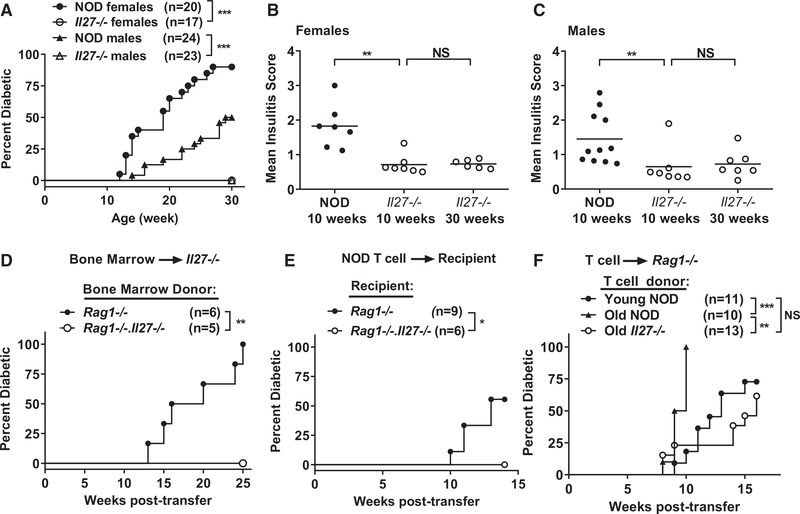Figure 1. NOD.Il27−/− Mice Are Completely Resistant to T1D.
(A) T1D incidence of NOD and NOD.Il27−/− mice. ***p < 0.005 by log rank test.
(B) Summary of insulitis in female NOD and NOD.Il27−/− mice.
(C) Summary of insulitis in male NOD and NOD.Il27−/− mice. Pancreatic islets were scored for insulitis: 0 = no infiltration, 1 = peri-insulitis, 2 = ≤25% β cell loss, 3 = between 25% and 75% β cell loss, 4 = >75% β cell loss. Each symbol represents one mouse. The horizontal bar depicts the mean. More than 30 islets were scored for each mouse. **p < 0.01 by Mann-Whitney test. NS, not significant.
(D) T1D incidence study of sublethally irradiated NOD.Il27−/− females infused with BM cells (5 × 106) from sex-matched NOD.Rag1−/− or NOD.Rag1−/−.Il27−/− mice as indicated. **p < 0.01 by log rank test.
(E and F) T1D incidence study of adoptively transferred T cell recipients.
(E) Splenic T cells (5 × 106) were isolated from 6-week-old NOD females and transferred into sex-matched NOD.Rag1−/− or NOD.Rag1−/−.Il27−/− recipients.
(F) Splenic T cells (5 × 106) were isolated from young (6- to 7-week-old) NOD, old (11- to 13-week-old) NOD, or old (14- to 15-week-old) NOD.Il27−/− mice and transferred into sex-matched NOD.Rag1−/− recipients. *p < 0.05, **p < 0.01, and ***p < 0.005 by log rank test. NS, not significant.
See also Figure S1.

